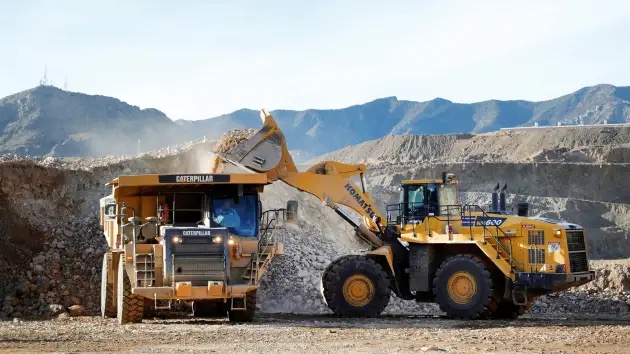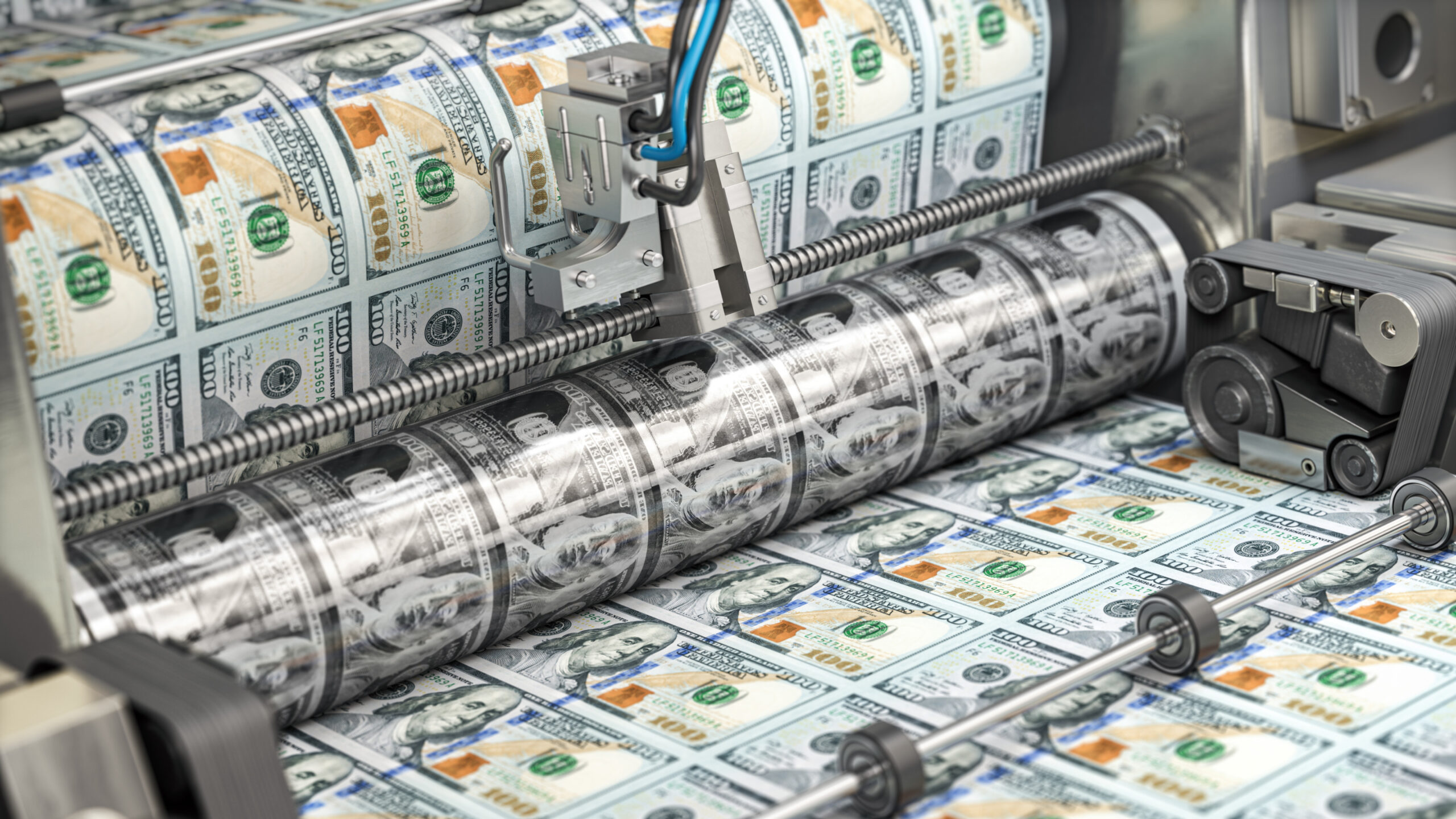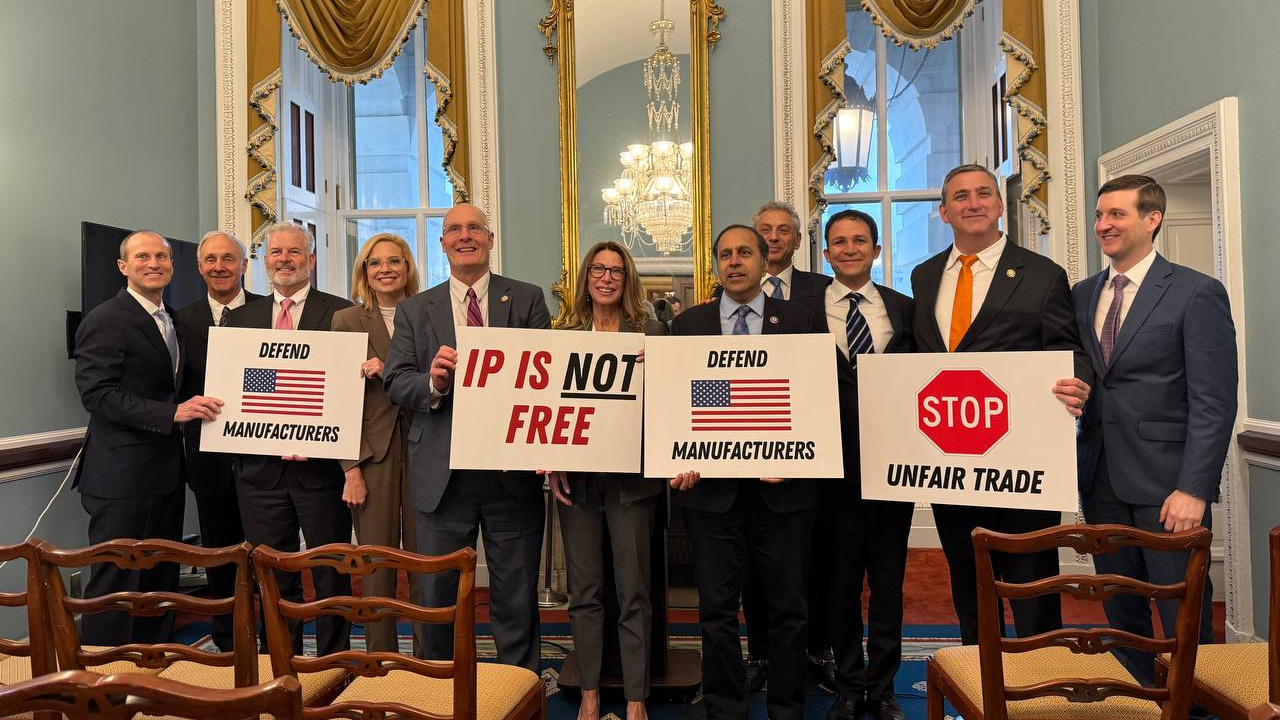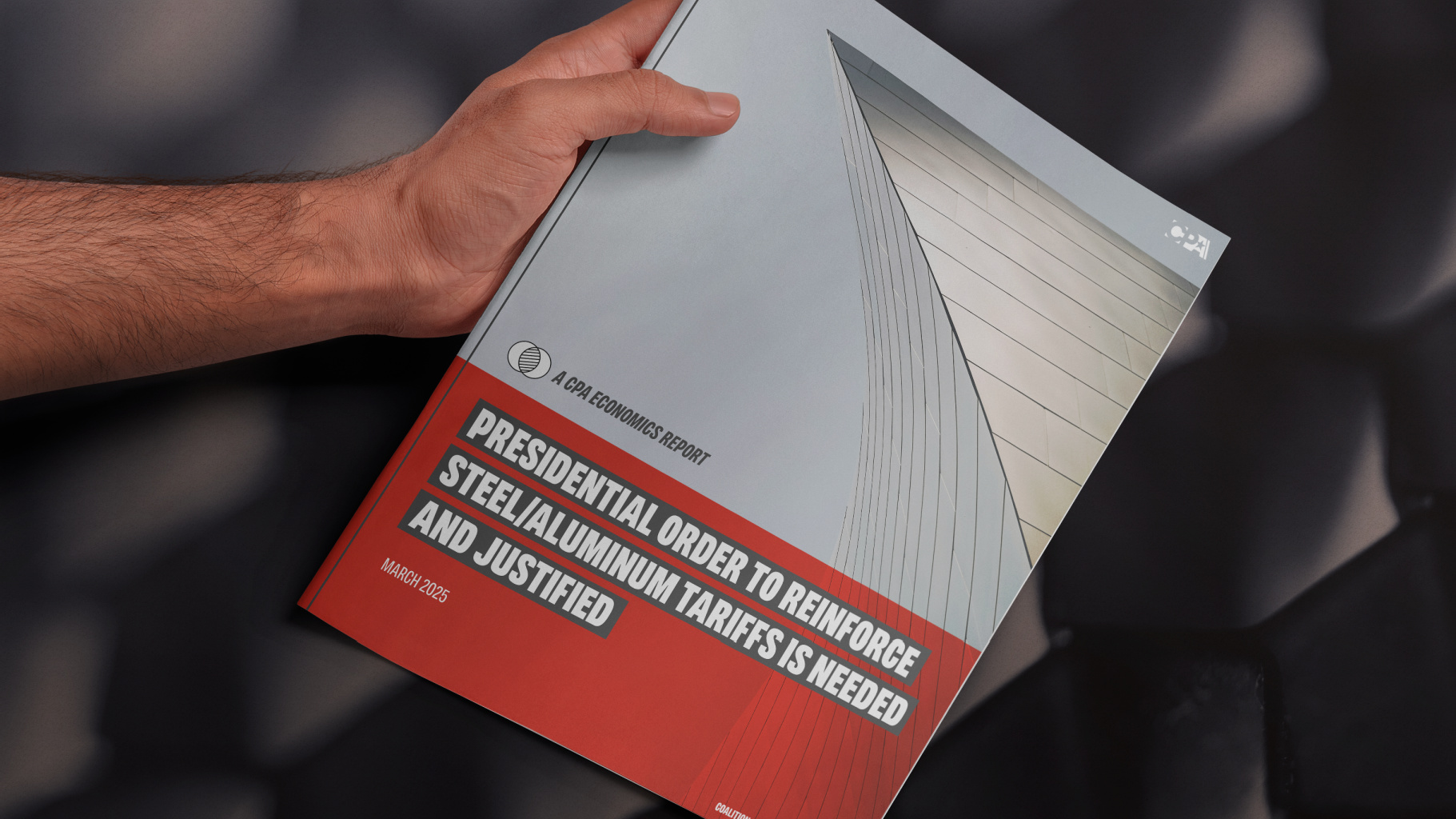A looming shortage of critical minerals is a huge challenge facing the U.S. and all industrial nations outside of China. The rare earth family of minerals is one example of the problem. Rare earths are used to manufacture permanent magnets, key components of the motors that power electric vehicles. Rare earths also figure in motors and other devices in fighter jets and other weapons.
Mining and manufacturing startup USA Rare Earth is working hard to launch a permanent magnet production line next year. With a 310,000 square foot facility in Oklahoma and intellectual property acquired from Hitachi USA, USA Rare Earth (USARE) will launch with the capability to produce 1200 tons of magnets a year, rising to 4800 tons soon after.
The average electric vehicle has about 10 lbs. of magnets in its motors. So USARE’s planned maximum production of nearly 10 million lbs. of magnets could power about one million EVs. Other producers, including mighty General Motors with its new Ultium brand, are also investing in the production of motors. But today the U.S. produces about 13 million motor vehicles a year. With auto companies and Washington politicians talking about moving rapidly to a nationwide fleet that is over half EVs, USARE chief executive Tom Schneberger says the entire industry is already supply-constrained.
“The world outside China will be 40% undersupplied [in rare earth minerals, lithium, and permanent magnets] for at least a decade,” says Schneberger. That’s a dire prognosis for EV makers, for the Biden administration’s climate ambitions, and for U.S. consumers who will end up paying more for products containing those minerals. It’s also bad news for national security since virtually every military vehicle uses rare earths and is likely to use lithium batteries in the near future.
Permanent magnets use rare earths to generate a strong magnetic field which makes the electric motor more powerful and capable of driving an EV at the speeds and accelerations consumers demand. Most EV motors use the rare earth neodymium in combination with iron and boron. Others of the 17 rare earths are used in variations on the standard electric motor, and other applications. “We have interest from consumer product companies and of course many automotive companies,” says Schneberger. He is in no hurry to sign contracts with potential customers as the shortage of magnets and rare earths makes it virtually certain he will find customers for all the product his company can produce.
The China Challenge
The core problem is, of course, China. In the 1980s, the U.S. was the undisputed world leader in rare earth production. Then China embarked on its crash industrialization program. At the same time, the U.S. was outsourcing and offshoring many industries in the great globalization experiment. Meanwhile at home, mounting environmentalism made it increasingly difficult to operate mining or mineral processing facilities. U.S. production facilities were shut down and in some cases sold to Chinese companies, to be physically disassembled, transported across the Pacific and reassembled in China.
In 2010, the world got a glimpse of the dangers of excessive reliance on China when the Chinese government enacted a temporary ban on rare earth exports. Luckily, that ban was short-lived. Only one month ago, China announced new export licensing requirements for two metals used in semiconductors, gallium and germanium. Those controls came into effect on August 1 and could constrain the availability of both metals outside China. The prospect of shortages has already driven the price of gallium up 18% and caused alarm in the industry, according to one tech industry report. Gallium and germanium are the base materials for specialized semiconductors used in 5G wireless networks, video displays, EVs, and other critical industries.
In most cases China does not dominate the mineral source of these materials. Mineral deposits can be found underground all over the world. But China dominates the processing of most of these minerals, which is the manufacturing process by which the rock or ore is purified and concentrated into a usable form for manufacturing. This gives China a stranglehold over the supply of many essential components which go into many consumer products, as well as strategic military products like fighter jets.
“Even though rare earth mines are coming onstream in Brazil, most of the material is still destined for China,” says Schneberger. “That’s where 98% of the world’s rare earth processing is done today.”
USA Rare Earth is trying to change that. They are opening the magnet facility (in Oklahoma) next year, before the rare earth mine (in Texas), because components that can go into motors are urgently needed by the auto and other industries. Metals needed to make the magnets may not all come from U.S. mines but none will come from China. Schneberger sees it as a fundamental change in how Americans think about their economy and the U.S. role in the world.
“Our generation has grown up and been trained to think that inputs are made somewhere else. We have to revisit that. Technology, manufacturing, and mining can be done here in an environmentally friendly way, and they create good-paying, high-skilled jobs, and they are fundamental to our national security and our way of life.”
USA Rare Earth has about 50 employees today, most at its Denver R&D facility. When the Oklahoma magnet facility goes into production next year, it will add another 100 employees. Schneberger sees USARE as a $2 billion company before 2030. It could very well go public by then as the U.S. investors look for an exit. There are no Chinese shareholders in the company.
Schneberger says the U.S. needs to pursue three separate policy initiatives to increase self-sufficiency in vital inputs. First, companies need to invest in mining and processing here in the U.S. Second, companies, backed by the federal government, should establish partnerships with friendly nations like Brazil or Australia, which already have mining projects underway. Finally, he would like to see Congress pass the Rare Earth Magnet Manufacturing Production Tax Credit Act.
The bill would provide tax credit support to magnet producers at the rate of $20 per kilogram for magnets manufactured in the U.S. and $30 if they are made entirely of U.S.-made materials. It was introduced in April by Rep. Eric Swalwell (D-CA) and Rep. Guy Reschenthaler (R-PA), so it has bipartisan support. Neither of those sponsors are on the relevant House committee (Ways and Means), although Reschenthaler is a member of the Republican leadership in the House.
“If this bill became law, it would allow us to price more competitively, despite the fact that we have higher costs than China,” says Schneberger. “It would help us withstand potential dumping activity in the future.”
Still another issue confronting the U.S. is the stubbornly slow process for permitting. This holds back both the establishment of both mining and processing facilities. The Trump administration established a list of 50 critical minerals and took action to speed up the federal permitting process. The Biden administration has continued the focus on critical minerals but slowed down permitting, with only 20 mine plans approved in its first two years, compared with 45 approved in the first two years of the Trump administration, according to industry reports. In June, a permit for a copper and nickel mine was revoked by the U.S. Army Corps of Engineers because of concerns over water quality that would impact a downstream native tribal reservation. Both copper and nickel play important roles in the electrical systems of EVs.
Sadly, whatever the twists and turns in Washington, the mining industry appears to be losing faith in the possibility of building and operating a profitable mine in the U.S. Federal applications for new mines have declined from 72 in 2011 to just 14 last year.
“I’ve seen permitting taking 10 years or more,” says Schneberger. “It should take one to two years. We need an objective process, one focused on outcomes for the environment and the economy, not a process based on the influence or perceptions of particular groups.”












